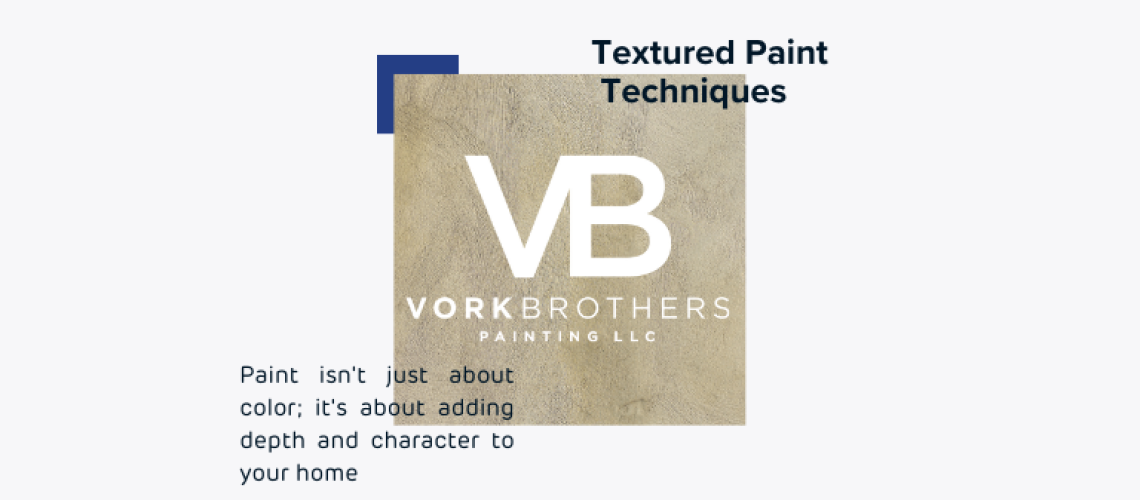Painting interiors isn’t merely a means of coloring your walls. It’s a tool for creating intrigue in your living spaces. One of the most effective ways to achieve this is by exploring textured paint techniques.
Stippling
Stipping involves applying layers of paint with a stippling brush or sponge to create a soft, textured look. This technique adds depth and a tactile element to your walls, making them more visually appealing and inviting.
Sponging
Sponging is a versatile technique that can range from subtle to bold. It involves dabbing a sponge with paint onto the walls to create a mottled effect. This technique adds texture and visual interest, giving your space a unique and artistic touch.
Dragging
Dragging is a method that uses a brush, rag, or comb to create fine lines or subtle texture on the wall. It’s an elegant technique that can make your walls look like delicate fabric.
Venetian Plaster
Venetian plaster is a classic technique that originated in Venice. It involves applying multiple layers of plaster with a trowel and then polishing it to create a smooth, marble-like finish – adding sophistication and timeless beauty to your walls.
Textured Rollers
Textured rollers come in various patterns and can create intricate designs on your walls. These could include brick patterns, checkered patterns, or floral motifs, adding depth and personality to your space.
Knocking Down
Knocking down is a technique where a textured surface is softened by lightly dragging a trowel or putty knife across it. It’s commonly used for achieving a stucco-like appearance, bringing a touch of the Mediterranean to your home.
Rag Rolling
Rag rolling involves applying paint with a rolled-up rag to create a soft, textured look. It’s an excellent choice for achieving a subtle, elegant texture that complements various interior styles.
Texture Additives
Texture Additives can also be mixed into your paint, creating effects like sandstone or popcorn ceilings, adding intrigue and uniqueness to your walls and ceilings.
Adding texture to your home’s interior has several advantages. It creates depth and dimension, making your space feel cozier and more inviting. Textured finishes add personality and uniqueness to your interior, reflecting your style and taste. They provide visual interest, turning ordinary walls into works of art that draw the eye and spark conversation. Additionally, textured paint can conceal minor imperfections in your walls, giving them a polished look and enhancing lighting by interacting with it in fascinating ways, casting shadows and highlights that change throughout the day.
Textured paint techniques provide depth, character, and a unique touch that will set your home apart. Whether you prefer the soft elegance of stippling, the bold creativity of sponging, or the timeless beauty of Venetian plaster, textured paint can breathe new life into your living spaces. Pick your favorite technique, and let your walls tell a story of texture and intrigue. Your home will thank you for it!
